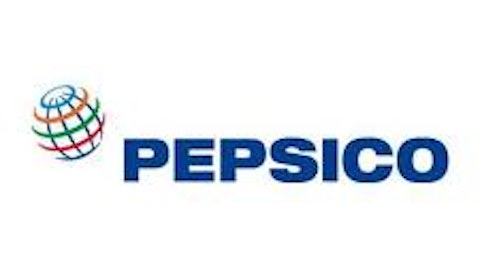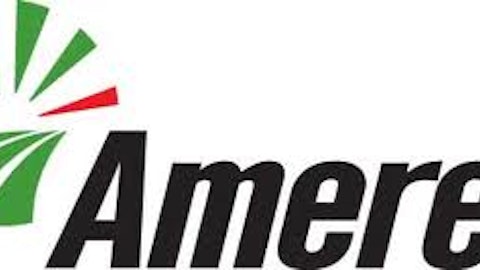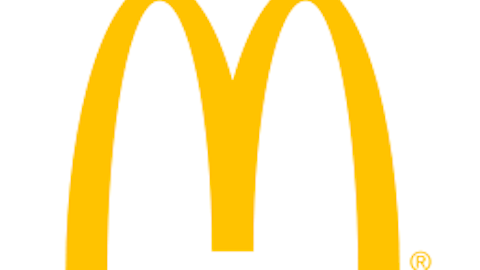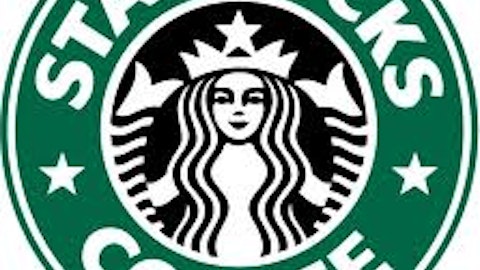Diversification is always a hot topic among retail investors. In my opinion, there are many who have a skewed perspective when it comes to diversification, believing that index investing is most effective. However, we have more than a decade of proof that this is incorrect, and proper diversification must be changed according to current market conditions. As a result, I am sharing my views, as I have experienced success in a flat market, and am looking at the importance of secular diversification in particular.
This Isn’t Your Father’s Market
If you were to go into your money manager or financial advisor’s office he/she would show you a chart reflecting an incredible annualized return, most likely 30 years, of more than 12.00%. This can be appealing to many, but as many retail investors know, this return is not reflective upon our current market, but rather the bull markets of the ’80s and ’90s.
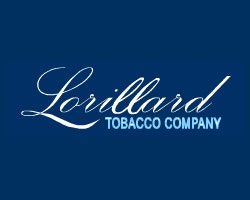
New Age Diversification
A successful portfolio strategy in this market consists of secular, cyclical, and speculative investments that serve an actual purpose within your portfolio. This works more effectively than trying diligently to own a stock in every single industry with no more than 7% of your portfolio being in one stock. The truth is that there is no one size fits all, and diversification should be determined by the size of your portfolio, as goals change with wealth.
One of the key pieces in a new age portfolio that is built to succeed in any market is a balanced position in secular companies. These are investments that will remain consistent regardless of the economy, such as food, drugs, and some retail. Like I said, there is not a one size fits all approach with this strategy — someone with a smaller portfolio may want fewer secular investments to take on more risk, while someone with a larger portfolio may prefer more secular investments for security. Therefore, here are a few things you want to look for in a good secular investment, and a few good stocks that meet the requirements:
- Low beta (stocks that trade with less volatility than the market)
- P/E ratio below the S&P 500/sector (roughly 16x)
- High yield (investments that outperform bonds)
- High ownership (consistent ownership with institutions)
- History of raising the dividend & returning capital to shareholders
- Industry (no technology or services stocks)
Of course there is more than goes into finding a good investment in addition to the things listed above. However, this is a good starting point, and will allow you to then narrow your selections. Therefore, here are a few top stocks that meet the requirements.
| Company | Ticker | P/E Ratio | Yield | 5-year Dividend Increase | Institutional Ownership | Beta | Industry | |
| Lorillard Inc. (NYSE:LO) | 14.64 | 5.35% | 245% | 98% | 0.37 | Tobacco | ||
| Dr Pepper Snapple Group Inc. (NYSE:DPS) | 14.50 | 3.54% | 125% | 98% | 0.72 | Beverages | ||
| Eli Lilly & Co. (NYSE:LLY) | 14.83 | 3.61% | 6% | 73% | 0.68 | Drugs | ||
| McDonald’s Corporation (NYSE:MCD) | 17.77 | 3.23% | 105% | 64% | 0.38 | Restaurants | ||
| The Southern Company (NYSE:SO) | 16.73 | 4.80% | 25% | 46% | 0.26 | Utilities | ||
| The Clorox Company (NYSE:CLX) | 19.41 | 3.08$% | 60% | 71% | 0.39 | Personal & Household | ||
If you have a portfolio in the neighborhood of $200,000 then the above holdings might be ideal. This secular portion of the portfolio has tobacco, beverages, drugs, restaurants, utilities, food processing, and personal & household products. It indirectly is very diversified, yet cherry picks the strong holdings from each industry, rather than index investing in an entire sector and buying the garbage with the diamonds.

